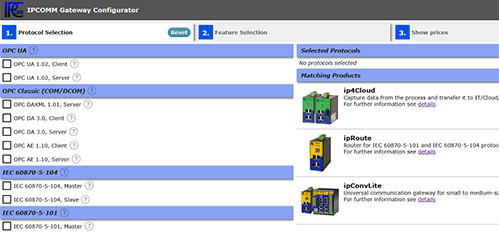Gateway Performance Charts
-
Two criteria are relevant for assessing the performance of ipConv systems:
- The maximum number of information changes per second
The following chart shows the maximum number of information changes per second which a device can transmit in real time without data loss or buffering, depending on the model.
An information change is a change of the value or quality attribute of a data point. The peak load can considerably exceed the maximum load in the short-term, but buffering effects have to be expected. When the maximum load is applied, the CPU load is almost 100%, i.e. the system is operated at full capacity.
The reciprocal of the maximum load provides the average processing time per information change (see brackets in diagram).
Depending on the configuration, the maximum load may deviate from the ideal case.
Log-Level=0 , i.e. all modules = 0
Log-Level=1 , i.e. module "Node" = 1, all other modules deactivated (0) - The maximum number of node variables
Node variables are used for processing, managing, and routing received and sent data points. A node variable can represent, for instance, a single indication, double indication, or measured value. Commands (single commands, double commands, and setpoints) are represented by node variables as well. Node variables may be required as temporary storage for internal processing functions. Typically, two node variables are used to route a data point from source to destination.
The number of node variables serves- as a metric for estimating the computational power and memory requirements and
- as license criterion
The total number of required node variables is the result of the sum of all incoming and outgoing data points (see figure). It is recommended to provide for adequate reserves.
For the adjacent example, the total number of required node variables is calculated as follows:
53 + 230 + 20 + 110 + 17 + 475 + 5 + 1067 + 567 + 13 = 2557Each device model is designed to process a certain maximum number of node variables (see diagram). This is not a strict limit, but a reference value used to dimension the system.
- Ethernet connection between master (test host) and slave (test device)
- communication via the protocol IEC 60870-5-104 (configured as master and slave)
- configured data points consist of
- measured scaled values (45%)
- measured floating-point values (45%)
- single indications (10%)
- The maximum number of information changes per second
Product Wizard 
- To the Gateway in a snap
- Get in touch!
- Customer support
+49 911 18 07 91 - 0
support@ipcomm.de
Product consulting
+49 911 18 07 91 - 0
info@ipcomm.de